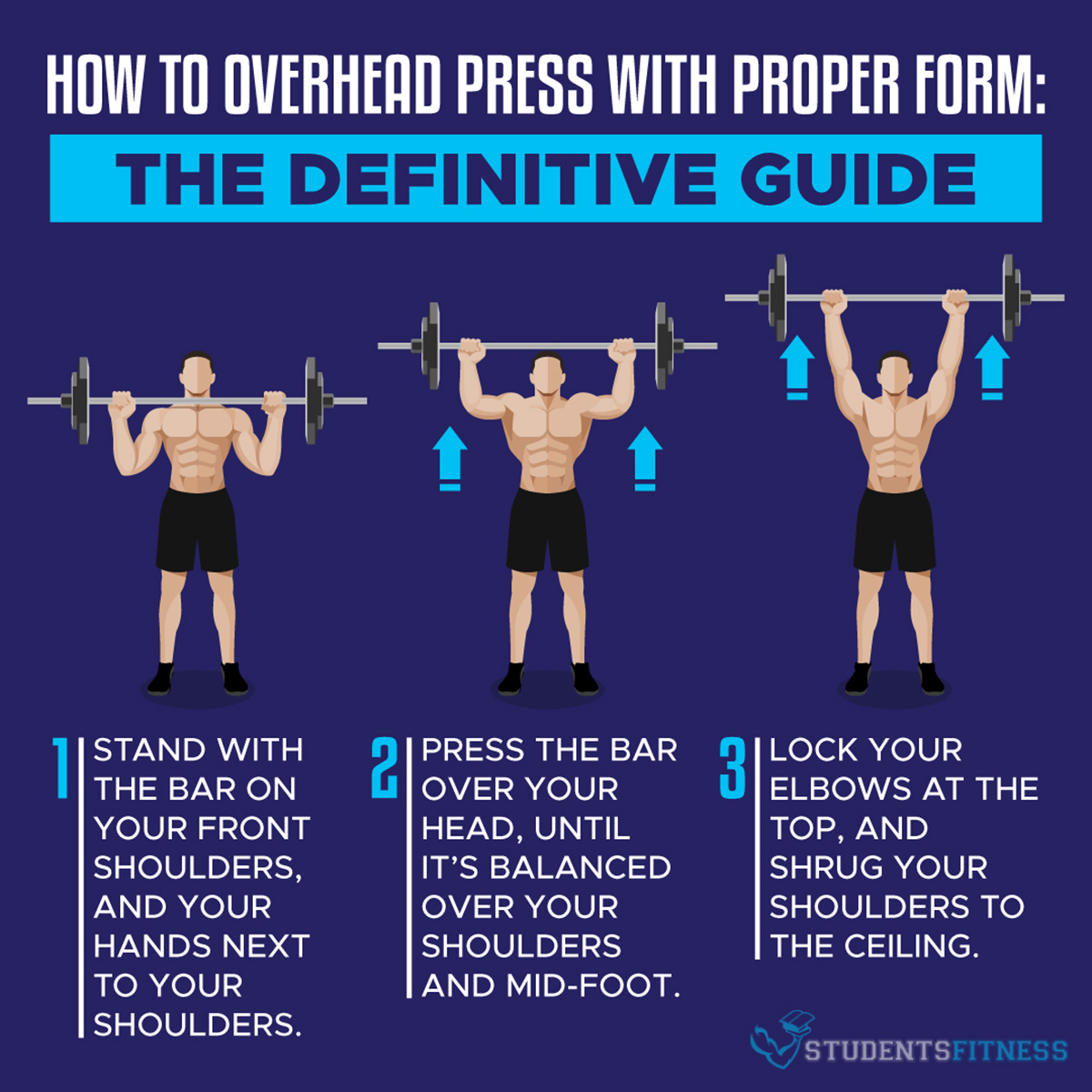
Creating Growth Through GainingMuscle
Inan attempt to stay ahead and remain cutting edge, personal trainers have the tendency to develop new exercises which so frequently involve some new equipment as well... This may involve including: stability ball push-ups, stability ball bench presses, and so forth.
However,and strangely enough, all of these new types of exercise appear to deliver lesser effects than "the old" and traditional ways of doing it. There are many reasons behind that, but that is not the centerpiece of this article.
It is not really that big of an issue when these new methods gain excessive popularity, but it is a real shame when they start "pushing out" the previous and more effective methods. One of the examples of this is the fact that the overhead press has been entirely replaced by the bench press.
And this is exactly the point of the article; namely the reintroduction of some of the forgotten classic muscle builders.
Seeing as the bench press is surely the most popular type of exercise, any gym regular has certainly had the chance to notice one of the particular exercise's biggest flaws – the plateu of strength and size gain which occurs after a certain amount of progress (which is different for different people). This little obstacle could be easily overcome by the reintroduction of the overhead press to the workout routine. Namely, employing this exercise will get the delts, triceps as well as the traps working and growing in such a way that when the bodybuilder returns to the bench press – the problem will no longer exist.
Accordingly, it is recommended that the bench press ought to be avoided (in favor of the overhead press) for six weeks out of the year. This may sound a bit excessive a break, but it ought not cause concern as the overhead press is a complementary exercise, so to speak.
There is a range of ways in which the overhead press may be performed. The weight lifter may be either seated or standing. Below is a description of a few ways of doing it.
Standing Front Overhead Press
Duringthis classic version of the overhead press, the weight lifter is holding the bar in front of the head and close to the collarbones. The bar is to be pressed until the elbows are straight; the ending position being directly above the head.
Standing Behind the Neck Overhead Press
Thisone's fairly similar to the front overhead press – the difference being that the starting position of the bar in this version is at the traps instead.
Standing BradfordPress
Thisone is a mix of the front and behind the nex press. Namely, in this version the starting position of the bar is the same as with the front press, but the movement ends at the traps instead. The movement is then reversed so that the bar is again found at the front of the weight lifter's body.
Push Press
Thisis yet another variation of the first two exercises combined. The difference being that, in this case, it is initiated with the slightest of bends in the knees. This is to be followed by an explosive extension of the knees. The goal of this detail would be to allow the weight lifter to perform the exercise with more weight.


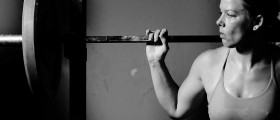
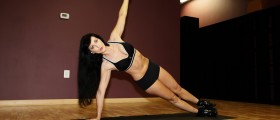
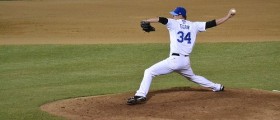
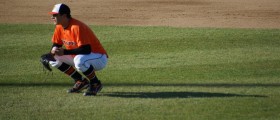

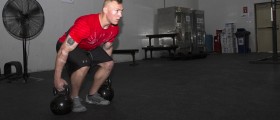

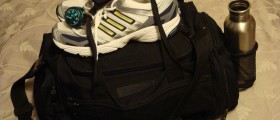
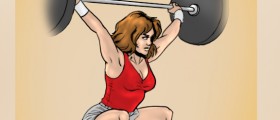
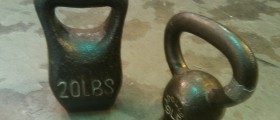
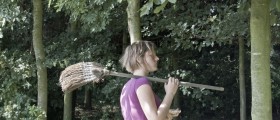
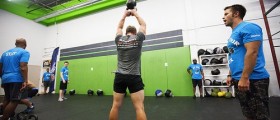
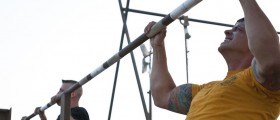
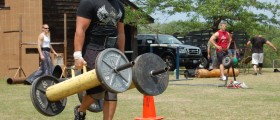
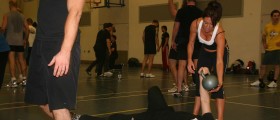
Your thoughts on this
Loading...